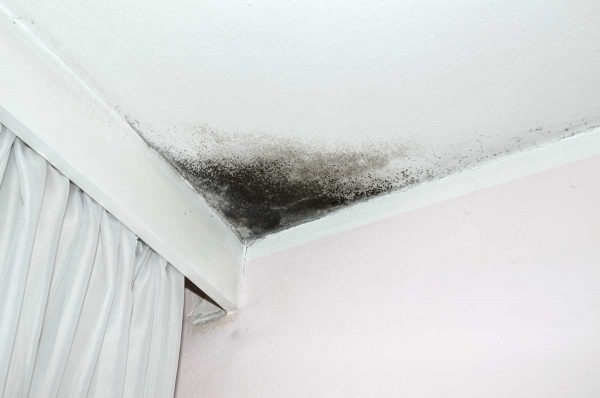Four signs you need to repair your commercial building

Water is one of the most powerful forces in nature. It creates canyons, breaks rocks, shatters trees, scoops out natural waterways, and moves soil from place to place.
And if you’re not careful, it can wreak havoc on your commercial building.
Billions of dollars of research and material have been spent over the years trying to keep water out of manmade structures. Yet every year, some buildings deal with problems caused by water finding its way in where it isn’t supposed to go. Is your building one of them? Here’s how you can tell.
Odor or visible mold
Mold and mildew are among the most common visible signs of water infiltration. Once water has made its way into a building, if it remains, it will foster mold growth. That mold may be visible or invisible, depending on where it is. Often it might be inside a wall or on a surface where it can’t be seen. The musty smell will give it away even if you can’t see it, though.
Interior damage
Staining on interior walls or ceilings is one of the surest signs of water damage. If your building has this, it’s generally an indication that something’s been leaking for some time. Interior fixtures can also sometimes pick up moisture, and that will be visible as staining on the lenses of the fixture (especially large commercial fluorescent ones).
Drywall cracking is a big sign, too, and finishes or paper tape can peel up under the influence of moisture. If you see this, it’s time to dig in behind the wall and find out where it’s coming from. No repair will stick until the moisture is out.
Rust staining
Orange or brown staining on lighter surfaces like finished concrete is a huge warning sign. This is common in concrete structures that haven’t been maintained well, and is a sign that water is rusting through steel or rebar. Water corrodes structural steel and causes worse problems, particularly when it gets into masonry. When rebar takes on water it can split and lift concrete, a phenomenon known as rust jacking. Rust staining requires immediate attention.
Cracks, spalling and bulges
Once water leaks past masonry joints, it can weaken the underlying structure of the masonry. Steel can expand and cause bulges through rust jacking. Concrete surfaces flake and chip away under the pressure of the freeze and thaw cycle, causing spalling on the surface. If you see issues with this, it’s a sign your masonry needs attention.
When your building has problems with water damage, it will tell you. You can look at your commercial building and see these problems with the naked eye—and it’s not hard to notice. Make sure you nip it in the bud straight away and take care of water damage early. Give us a call or drop us a line if you see any of these signs and we’ll help you get your building back to full health in no time.
